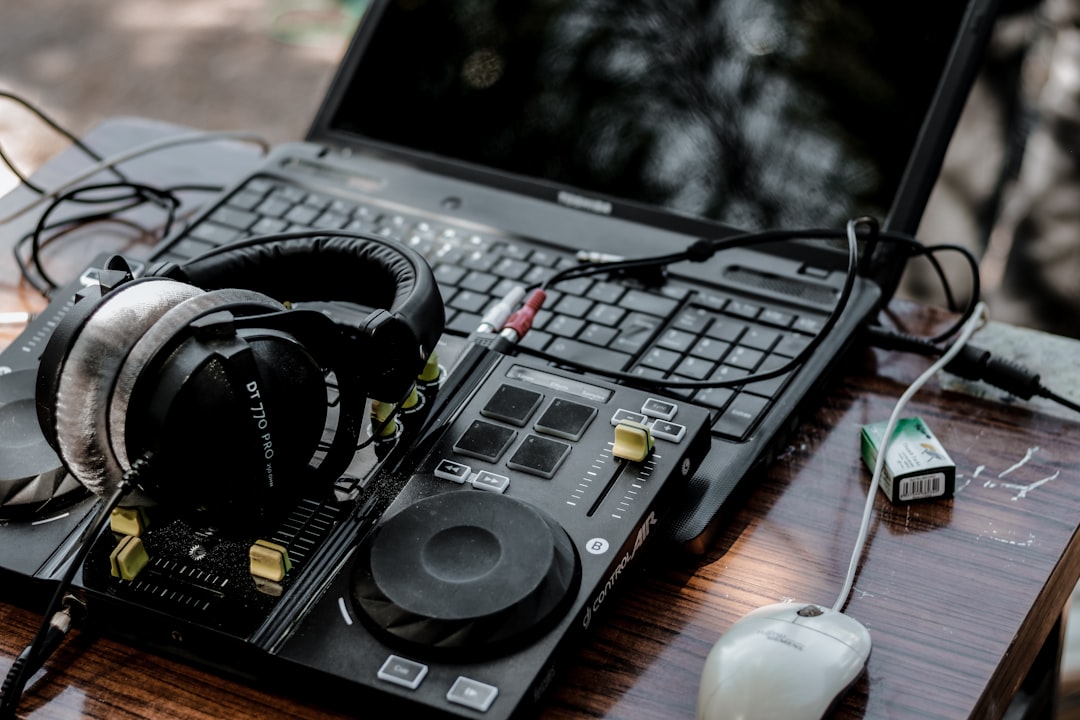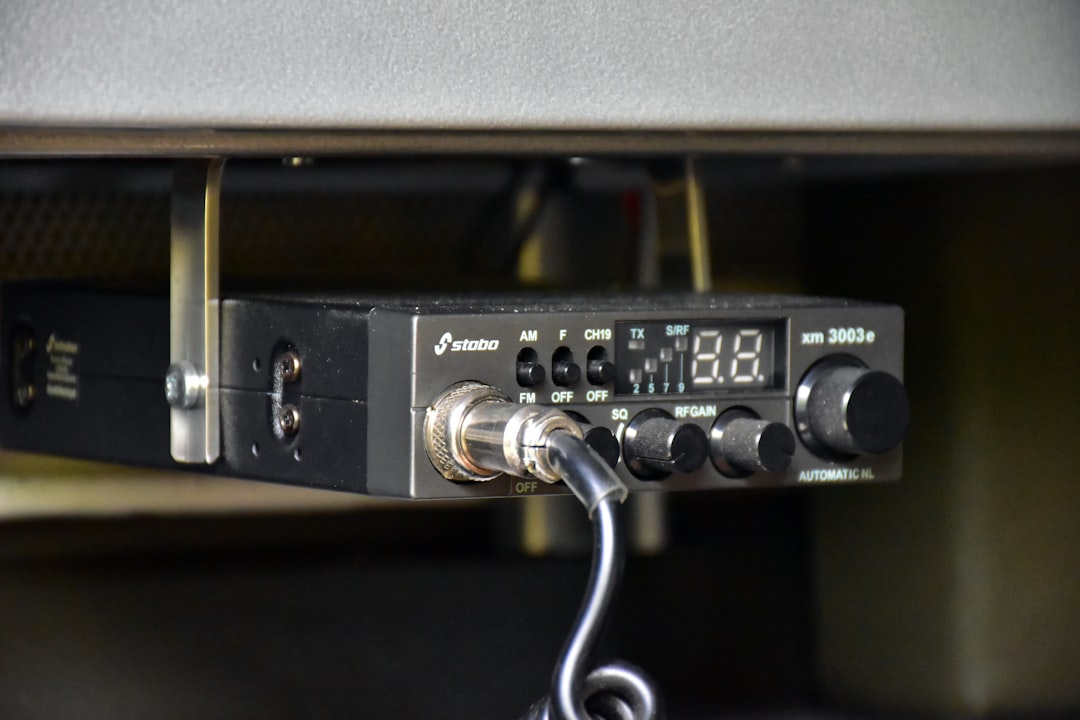Pigtail Connectors Explained: Audio, RF, and PC Build Use Cases
Pigtail connectors are an essential component in a wide variety of technical applications — from audio systems and RF transmission to complex PC builds. Understanding what pigtail connectors are, how they function, and where they are used can help both professionals and enthusiasts optimize their setups more effectively. This article delves deep into the concept of pigtail connectors, explores their use cases, and highlights their value in modern technology builds.
What Are Pigtail Connectors?
A pigtail connector typically refers to a short cable with a connector on one end and open, stripped wires or a different connector type on the other. These connectors are commonly used to establish a secure and reliable connection between two different types of interfacing components. The term “pigtail” is derived from the cable’s coiled or short nature, resembling a pig’s tail.
Pigtail connectors are prized for their flexibility, ease of installation, and ability to tailor connections between incompatible or hard-to-reach components.
Audio Use Cases for Pigtail Connectors
In the realm of audio, pigtail connectors play a vital role in achieving clean and uninterrupted sound transmission. They are commonly used for:
- Connecting high-end headphones to professional audio equipment
- Customizing in-car audio systems
- Altering or upgrading home theater wiring configurations
Audio signal integrity can suffer due to poor cabling. Pigtail connectors help remedy this by offering a way to customize and optimize connection routes. Whether one needs to hook up 3.5mm jacks to RCA cables, or XLR inputs to a speaker line, pigtail connectors offer professional-grade versatility.

Balanced vs. Unbalanced Audio: A particularly useful application is in converting balanced audio signals from an XLR or TRS cable to an unbalanced signal like RCA. This helps home audio users benefit from reduced electrical interference, especially over long cable runs.
RF (Radio Frequency) Use Cases for Pigtail Connectors
Radio Frequency systems — covering areas like telecommunications, satellite communication, and IoT (Internet of Things) devices — frequently deploy pigtail connectors to establish accurate and robust connections.
In RF applications, connector quality is absolutely critical, as even minor losses or mismatches can greatly degrade performance. Here are some use cases:
- Connecting antennas to Wi-Fi cards, modems, or routers
- Inserting intermediate filters or amplifiers into wireless systems
- Developing test rigs for lab measurement setups

Common RF connector types used in pigtails include:
- SMA: SubMiniature version A, popular in high-frequency systems like GPS and GSM equipment.
- RP-SMA: Reverse polarity SMA, often found in consumer-grade WiFi systems.
- U.FL: Ultra-miniature coaxial connectors used in embedded or space-constrained devices such as drones or embedded PCBs.
RF pigtail connectors often come with shielded coaxial cables to minimize interference, making them ideal for sensitive electronics. Adapter pigtails are also commonly used to convert between connector types without loss in signal fidelity.
PC Build Use Cases for Pigtail Connectors
As PC building becomes more complex and customized, pigtail connectors are often required to bridge specific components, manage cables effectively, and enable future upgrades. Some common uses in a PC build include:
- Connecting PSU (Power Supply Unit) cables to internal components like GPUs and SSDs
- Extending fan controller connectors or adding RGB lighting systems
- Creating custom loop water cooling controls with sensors or valves
Power pigtail connectors are vital when the number of power leads from your PSU falls short or needs to be re-routed. Builders also use signal pigtails with headers like USB 2.0, audio front panel, or SATA extension leads to cleanly organize their cases.
Example: GPU Power Expansion
High-end GPUs like the NVIDIA RTX 4090 require multiple 8-pin PCIe inputs. Instead of overloading single strands, builders often use pigtail cable extensions to distribute power loads across separate PSU rails, reducing heat and increasing stability.

Advantages of Using Pigtail Connectors
Here are several advantages that make pigtail connectors indispensable in modern setup design:
- Versatility: Works across various standards and formats
- Flexibility: Can be adapted to fit tight or uniquely shaped installations
- Customization: Supports DIY modifications and fine-tuning
- Reliability: Minimizes signal degradation and improves long-term durability
Whether wiring a broadcast stage, outfitting a surveillance system, or just building the ultimate gaming rig, the proper pigtail cable allows for integration without compromise.
Challenges and Considerations
Despite their advantages, improper usage of pigtail connectors can introduce issues:
- Signal Loss: Using poor quality or incorrectly rated cables can reduce transmission quality.
- Connector Wear: Frequent plugging and unplugging can degrade connection integrity over time.
- Mismatched Impedance: Especially in RF applications, impedance mismatches can lead to weak signals or increased noise.
It is important to shop for pigtail connectors from reputable manufacturers, especially when performance is non-negotiable.
Conclusion
Pigtail connectors might appear to be simple pieces of cable and conductor, but their utility spans a vast array of electronics niches. From reducing audio interference and enabling intricate RF setups, to organizing a beast-level PC build, they offer the flexibility and specialization that modern systems demand.
Whether you’re a studio engineer, network technician, or a PC modder, keeping a set of high-quality pigtail connectors in your toolbox ensures you’re always ready for custom configurations and optimal performance.
Frequently Asked Questions
- Q: What’s the difference between a pigtail and a patch cable?
A patch cable has connectors on both ends, while a pigtail typically only has one end pre-terminated and the other bare or differently terminated. - Q: Can I use any pigtail connector for audio purposes?
No. It’s essential to match impedance and connector type. For example, using a coaxial RF pigtail in an audio setup may not yield desirable results. - Q: Are pigtail connectors reusable?
Yes, but their longevity depends on connector quality and how frequently they’re plugged and unplugged. - Q: Is it safe to use pigtail connectors for PC power connections?
Yes, as long as the gauge of the cable and quality of connectors match your component’s power requirements. - Q: Where can I buy reliable pigtail connectors?
Electronics stores, PC component retailers, and specialized online marketplaces like Digi-Key, Mouser, and others offer high-quality options.



